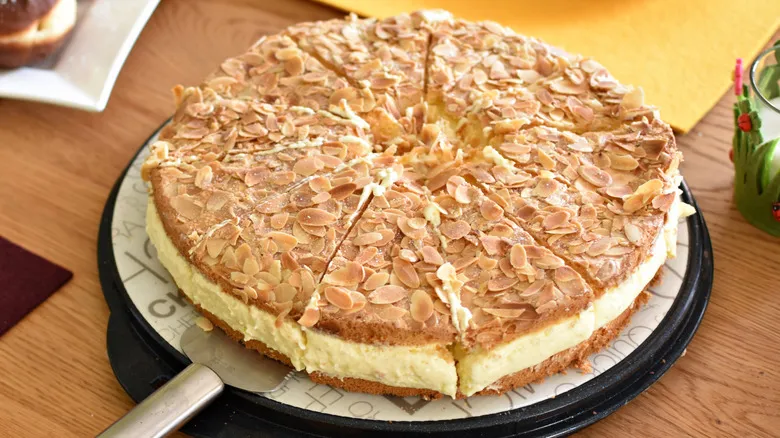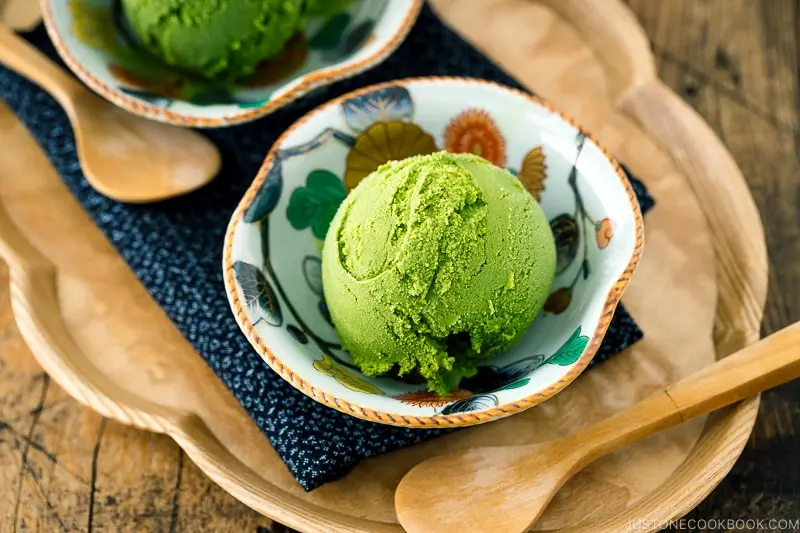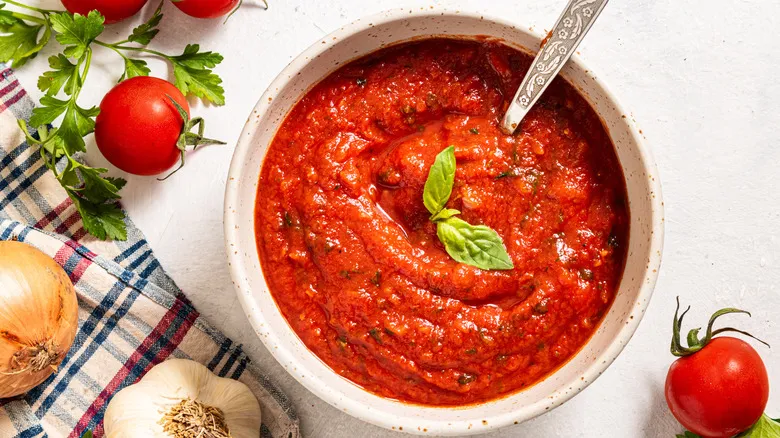Germany's old honey cake
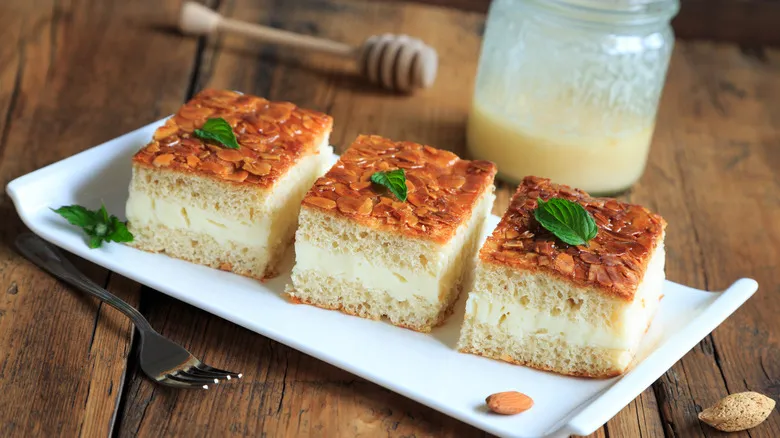
The origins of bee sting cake are somewhat unclear, but it is believed to date back to at least the 15th century in Europe. According to legend, it was created to commemorate a minor battle in Andernach, one of Germany's oldest towns. The story goes that when invaders from a nearby town attacked, young bakers defended their home by hurling beehives at them. While this tale may be embellished, the cake's long-standing history likely explains its bread-like texture. Modern bienenstich is made with sweet yeasted dough for its central layer, similar to how sweet bread or rolls are prepared. In the early days, cakes and breads were made in much the same way; "cake" referred to bread that was sweetened with nuts or honey, much like bienenstich.
This suggests that bee sting cake may predate Oktoberfest, which originated as a royal wedding celebration in Munich in the early 1800s. Nevertheless, bienenstich pairs wonderfully with the beer you’ll be enjoying. While different regions have their own preferences for "Oktoberfest" beer, whether dark or light, the traditional choice is Märzen—a malty lager with a toasted, caramel flavor that complements the honey-glazed almonds on bienenstich perfectly.
Recommended
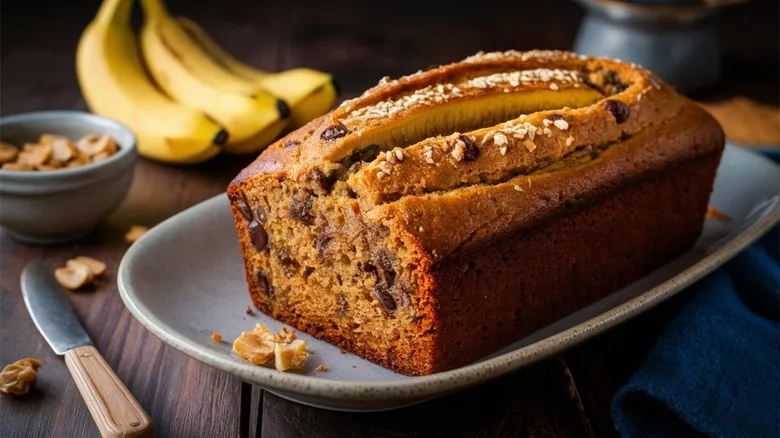
The Additional Fruit You Should Add To Improve The Flavor Of Banana Bread

Instant Pudding Mix Is The Secret To A Boston Cream Pie-Inspired Angel Food Cake
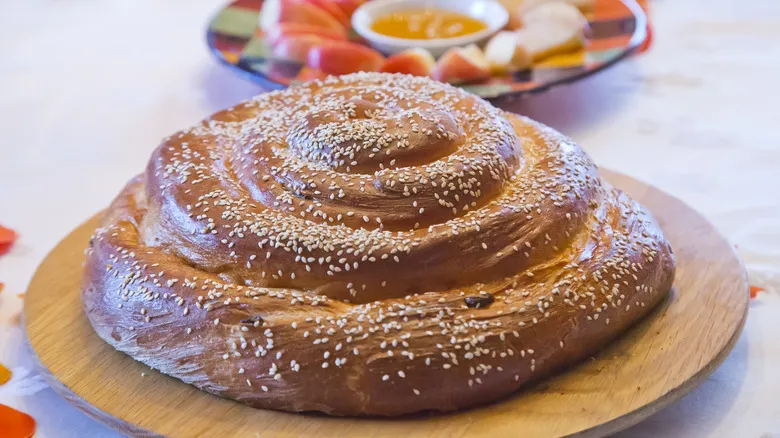
Everything You Need To Know To Make Incredible Challah For Rosh Hashanah

Ina Garten's Easy Baking Tips Yield Perfect Muffins Every Time
Next up

